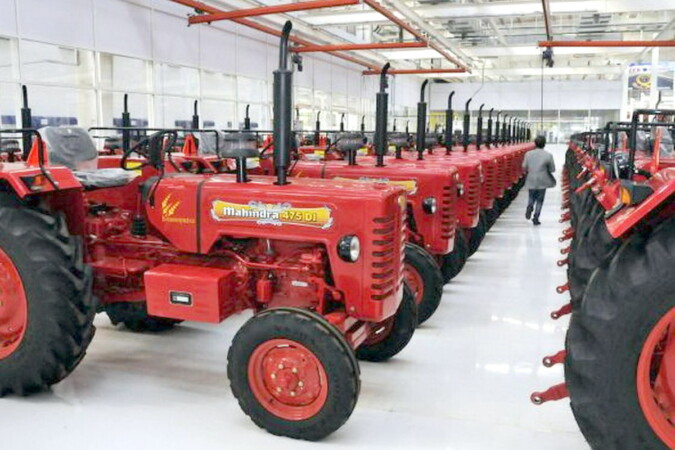| English
Could India Flood the Global Tractor Market?
It is, by far, the largest tractor manufacturer in the world, but exports only 10% of the equipment. What would happen if it started to dump more surpluses on the international market?

Almost half of the tractors sold worldwide are manufactured in India, with the significant detail that only about 10% of its production is destined for export markets.
The remaining 90% is consumed domestically, as part of a rapid mechanization process of Indian agriculture, which until recently was almost exclusively powered by oxen.
What would happen if the exportable percentage began to grow, as a result, for instance, of a drop in the country’s internal sales?
So far in 2023, tractor sales in India report an average monthly figure of 84,000 tractors.
This number far exceeds the annual sales in leading countries in this business, such as Turkey (66,900 units), Brazil (55,600 units), or France (35,600 units).
Only China (520,000 units) and the United States (267,000 units) come close with their annual sales to India‘s operations, which totaled 1,010,000 tractors in 2022.
This means that with the current 10% of exportable surpluses, the Asian giant already positions itself among the major players in the international tractor trade.
Not to mention if that export rate were to grow steadily.
The prospect of India potentially flooding the global tractor market may seem misguided at present, but it shouldn’t be dismissed for the future.
One could argue, for instance, that India is a market where tractors with a lower level of technology dominate compared to other countries.
This is true, but it’s also true that several Indian manufacturers have initiated projects to penetrate Europe, and they do so with higher-tech equipment.
For instance, Sonalika and Escorts Group are already competing in demanding environments, such as the German market.
Overflowing Moreover, tractors manufactured in India could enter the global market with competitive costs and prices that can compete in various segments.
After all, global companies like John Deere, Massey Ferguson, New Holland, and Kubota haveplants set up in the country and are in a position to expand their manufacturing levels.
Together with India-based companies, they form an industrial conglomerate with the capacity to produce over 100,000 tractors monthly.
INQUIRIES




